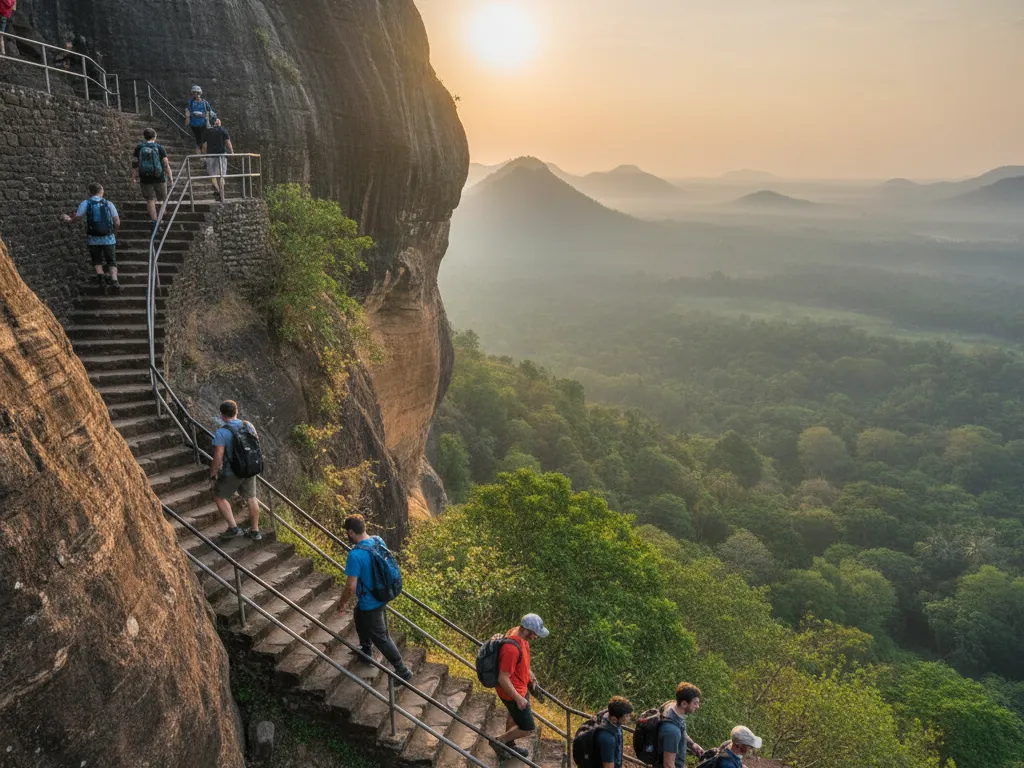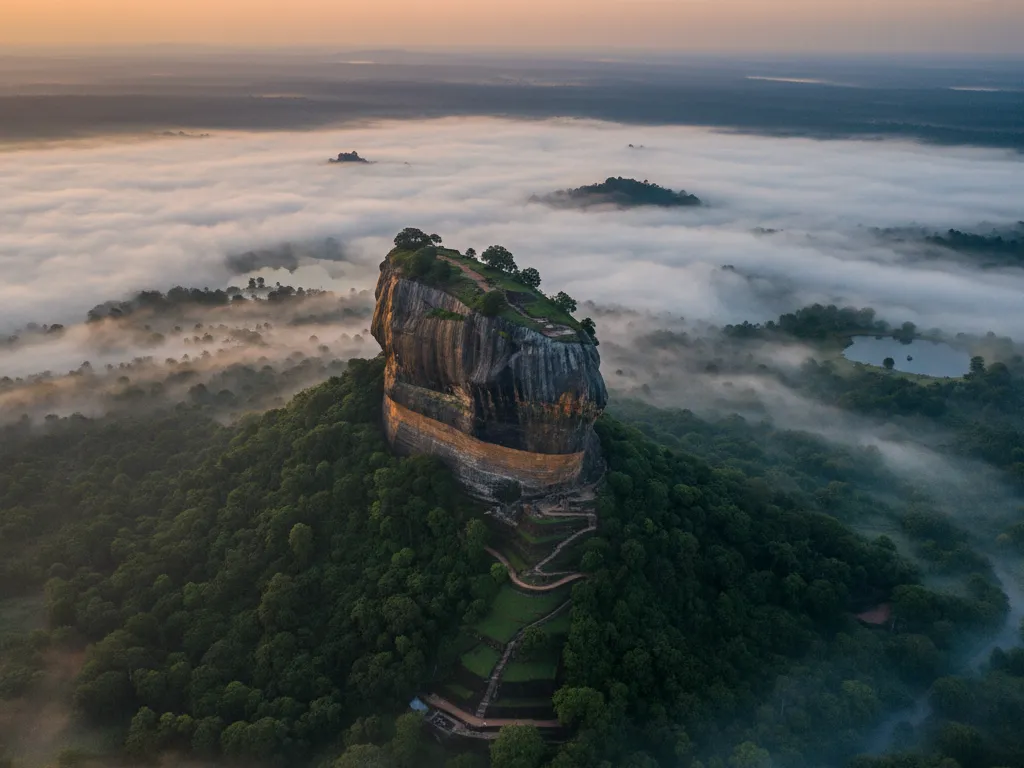Rising majestically from the central plains of Sri Lanka, Sigiriya Rock Fortress (also known as Lion Rock) is one of the country’s most remarkable historical and cultural sites. Declared a UNESCO World Heritage Site, Sigiriya is often called the Eighth Wonder of the World for its unique combination of ancient engineering, art, and natural beauty.
History of Sigiriya
Sigiriya dates back to the 5th century, when King Kashyapa built a royal palace on top of the 200-meter-high rock. The fortress complex includes gardens, moats, frescoes, and mirror walls, making it a masterpiece of urban planning and artistry.
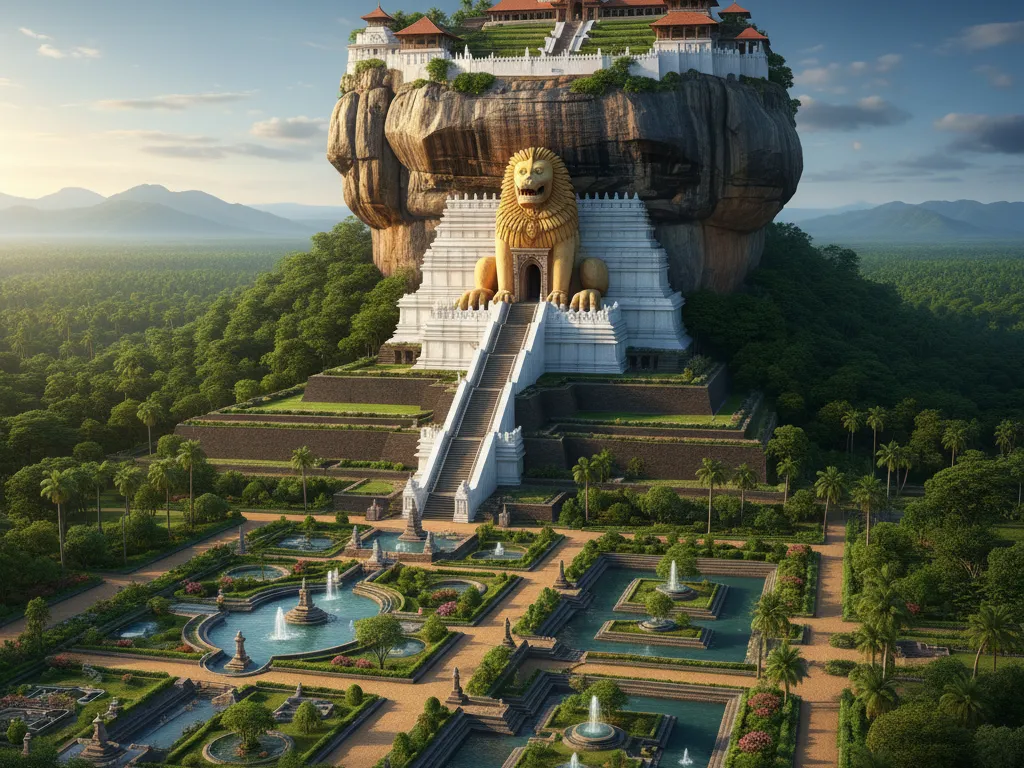
The Lion’s Gate and Frescoes
One of the most iconic features is the Lion’s Gate, where visitors climb through what remains of a massive lion-shaped entrance. Inside, the frescoes of Sigiriya Maidens—ancient paintings of women with delicate beauty—are among the most celebrated artworks in Sri Lanka.
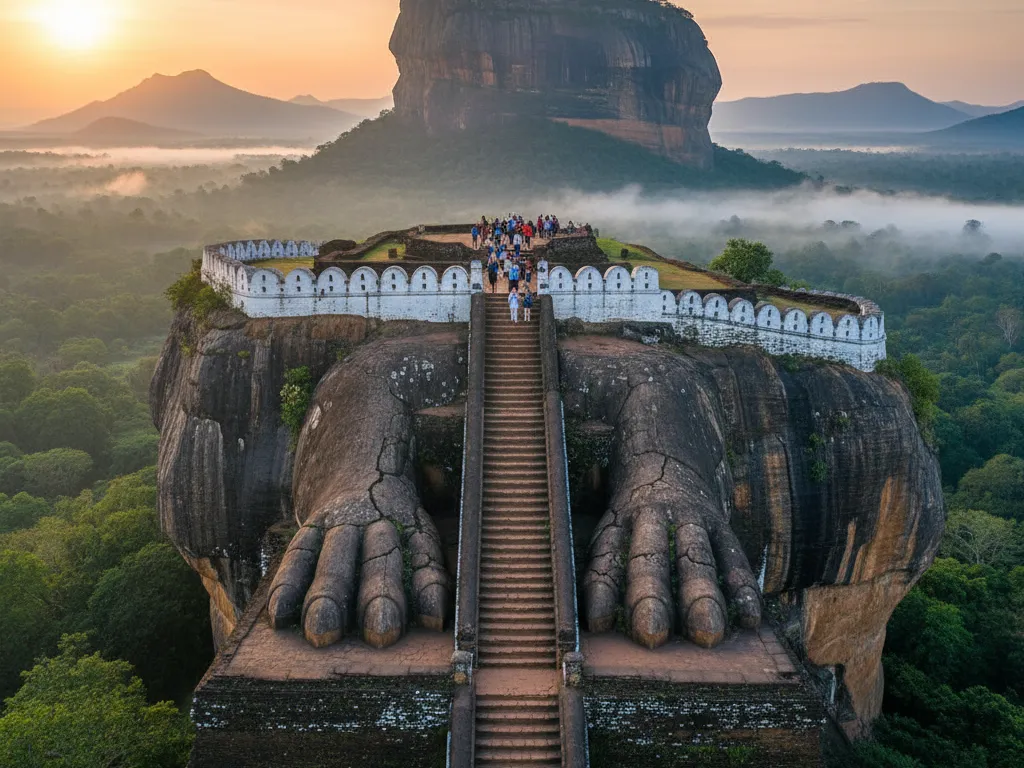
The Mirror Wall
The Mirror Wall is a polished wall covered in ancient graffiti, where visitors from centuries ago inscribed poems and thoughts. Today, it gives historians unique insights into life during that time.
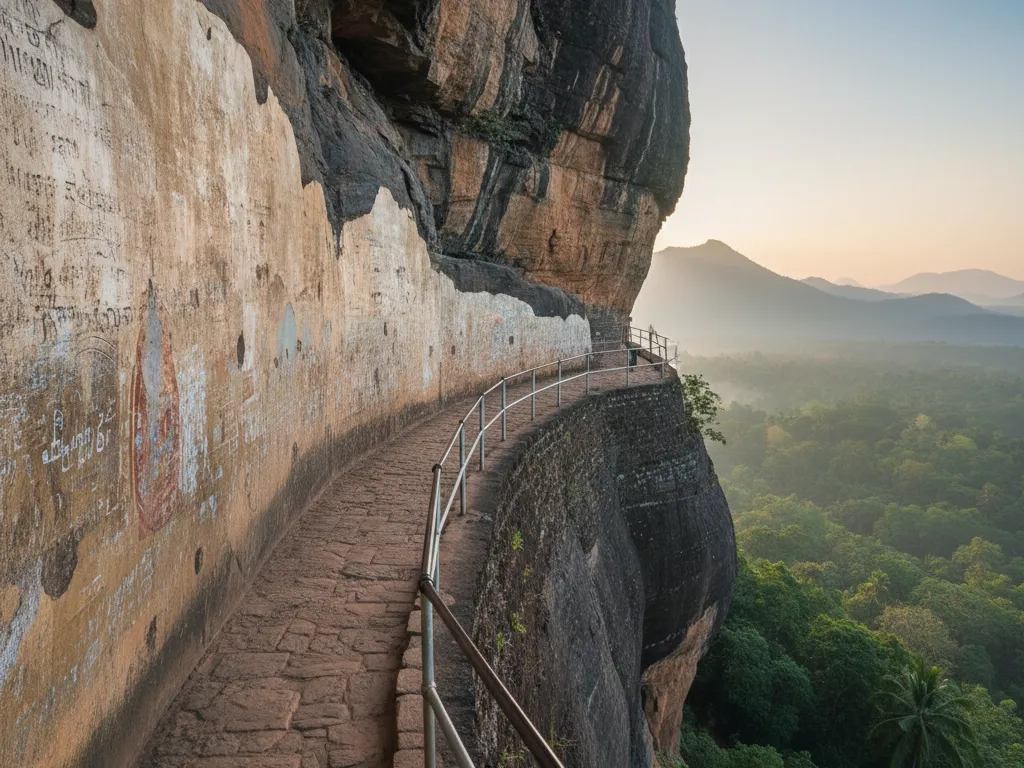
The Summit
Reaching the summit rewards visitors with the ruins of King Kashyapa’s palace and a breathtaking panoramic view of the surrounding forests, lakes, and villages. It’s one of the most unforgettable sights in Sri Lanka.
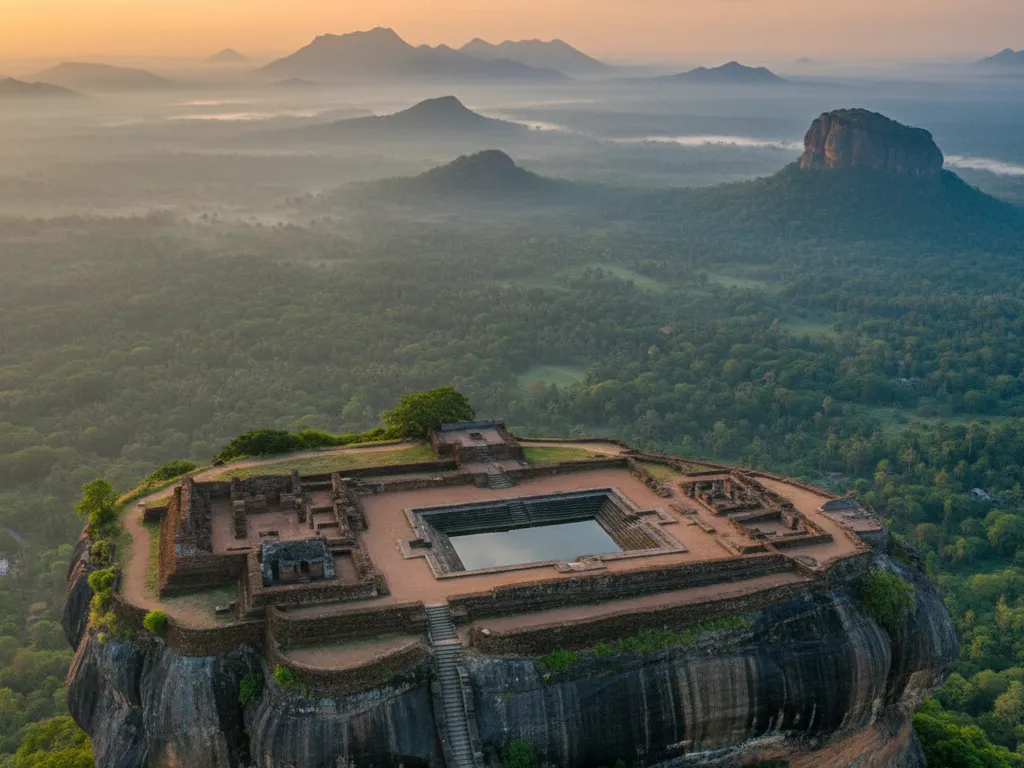
Best Time to Visit Sigiriya
The best time to visit is during the dry season (December to April) when the weather is pleasant for climbing. Early morning or late afternoon visits are recommended to avoid the midday heat.
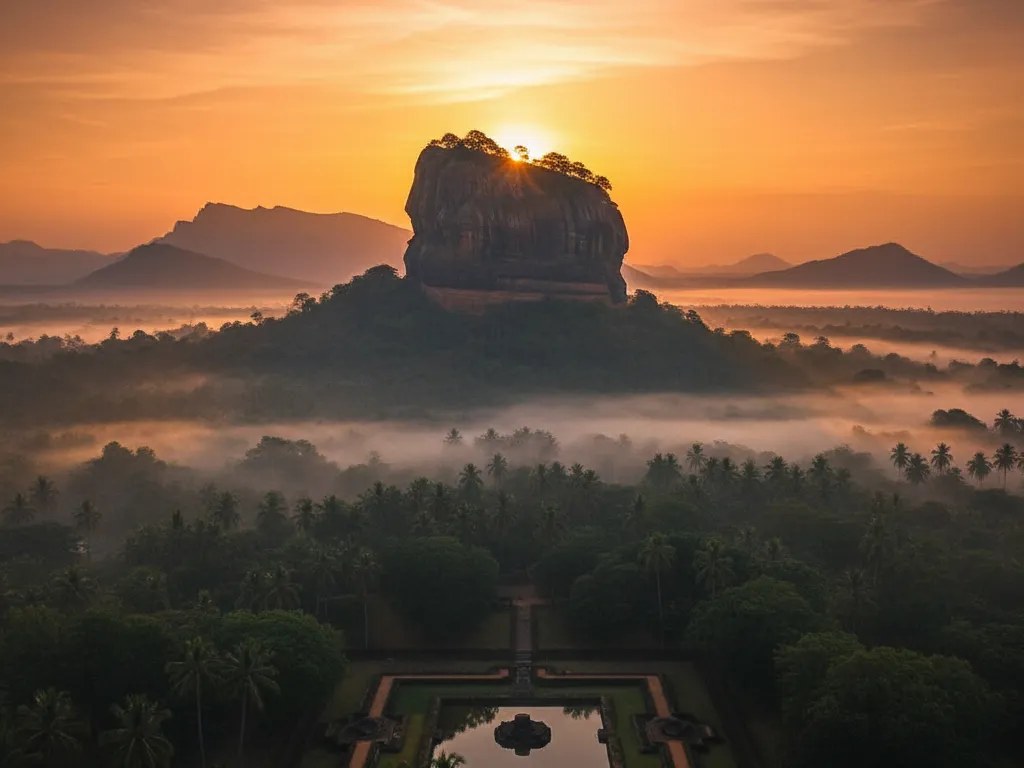
Travel Tips for Visitors
Wear comfortable shoes for the climb.
Carry water and a hat—it can get hot!
Allow 2–3 hours to explore fully.
Hire a guide for deeper historical insights.
